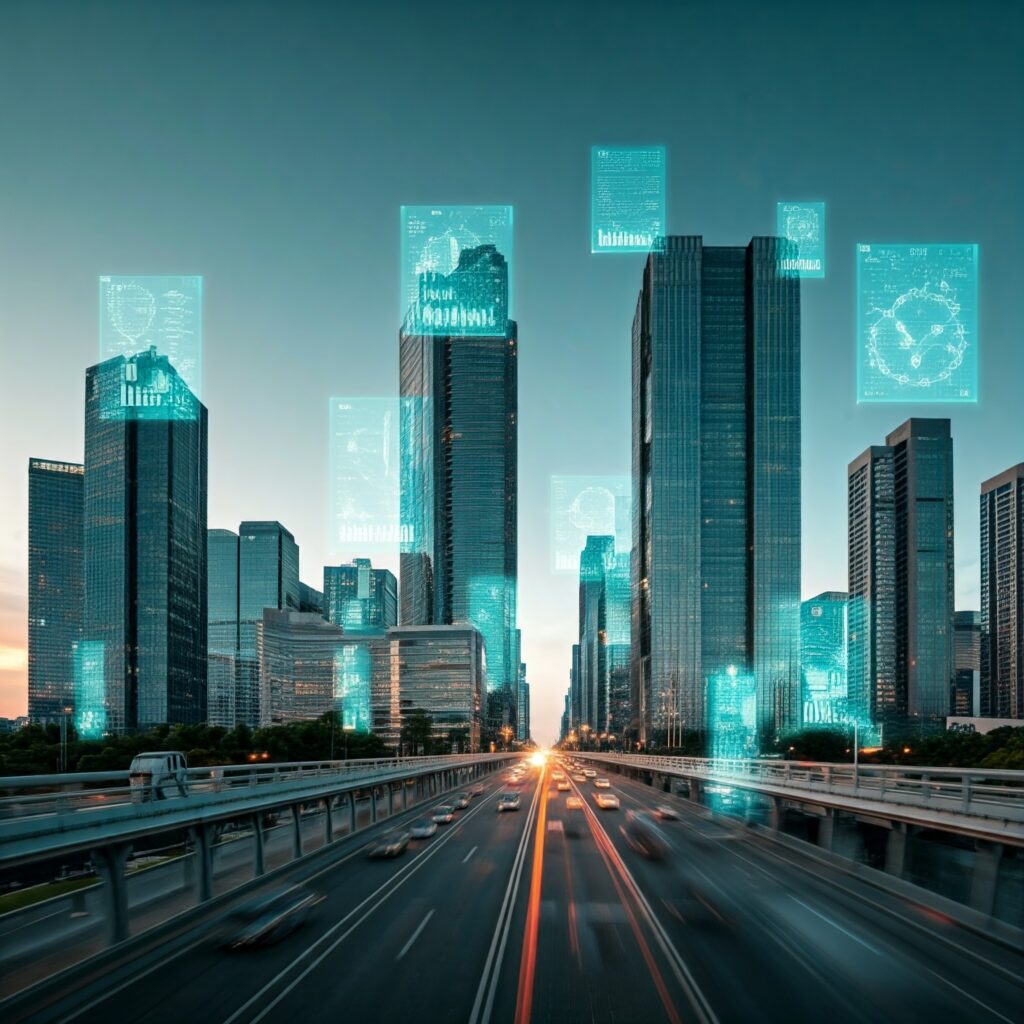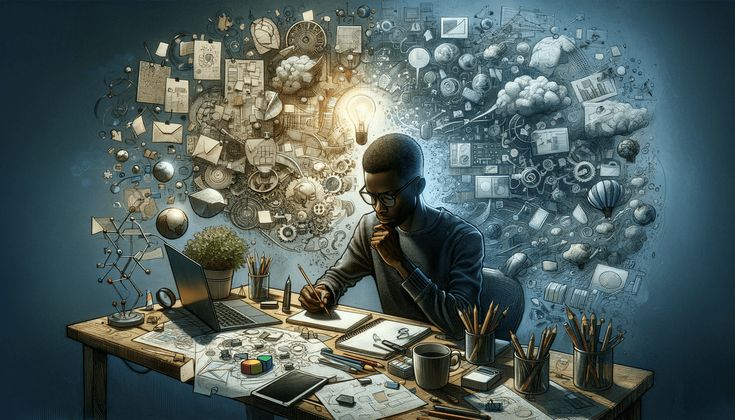How Digital Twins are Shaping the Future of Manufacturing and Smart Cities

Introduction: In today’s digital era, the convergence of the physical and virtual worlds is being realized through the innovative concept of digital twins. By creating virtual replicas of physical assets, systems, or processes, digital twins provide real-time data, simulation capabilities, and predictive insights that are revolutionizing industries. This technology is reshaping manufacturing, optimizing processes, enhancing efficiency, and creating smart cities that are more sustainable, connected, and resilient.
1. The Concept of Digital Twins: Digital twins refer to digital representations of real-world entities, processes, or environments. These virtual models are designed to mirror the real-world counterpart in every aspect, collecting real-time data through sensors and IoT devices. The continuous flow of information between the physical asset and its digital twin enables manufacturers and urban planners to visualize, monitor, and simulate performance, allowing for more informed decision-making.
2. Digital Twins in Manufacturing: In the manufacturing industry, digital twins are proving to be a game-changer. They enable companies to optimize operations, streamline production, and enhance product design. By simulating different scenarios, manufacturers can predict potential issues, avoid downtime, and improve operational efficiency. Additionally, digital twins are helping manufacturers embrace Industry 4.0 technologies, such as automation, AI, and robotics.
- Process Optimization: By leveraging real-time data, manufacturers can optimize production processes, ensuring higher quality and reduced waste.
- Predictive Maintenance: Digital twins help identify potential equipment failures before they occur, allowing for preventive maintenance and reducing costly downtimes.
- Product Design and Testing: Through simulation, manufacturers can test new designs and products in a virtual environment before physical production, saving time and resources.
3. Digital Twins in Smart Cities: As cities evolve, urban planners are turning to digital twins to design, manage, and improve urban infrastructure. Smart cities leverage this technology to enhance public services, reduce energy consumption, and foster sustainable development. Digital twins provide city planners with a comprehensive view of the city’s infrastructure, allowing them to optimize traffic flow, monitor energy consumption, and improve waste management.
- Energy Management: By monitoring energy usage across the city, digital twins can help identify areas for improvement, reducing energy consumption and supporting the transition to renewable energy sources.
- Traffic Management: Digital twins provide real-time traffic data and simulate different traffic scenarios to help city planners reduce congestion and improve mobility.
- Urban Planning: Digital twins allow cities to plan for future developments and simulate their impact on the environment and the population, ensuring sustainable growth.
4. Integration of IoT and AI in Digital Twins: Digital twins rely on IoT and AI technologies to collect, analyze, and act on data. IoT devices gather real-time information from the physical world, while AI-driven analytics interpret the data to make informed decisions. This integration accelerates innovation, improves responsiveness, and helps companies and cities optimize their operations and assets.
5. The Future of Digital Twins: The future holds immense possibilities for digital twins, especially with the rise of 5G technology, which promises faster data transfer and enhanced connectivity. As digital twins become more sophisticated, we will see more precise simulations, enhanced collaboration, and even digital twins for entire supply chains, cities, and economies.
Conclusion: Digital twins are transforming the way industries and cities operate, offering real-time data, simulations, and predictive capabilities that drive efficiency and innovation. In manufacturing, digital twins optimize production and maintenance processes, while in smart cities, they enable more efficient urban planning and resource management. As this technology evolves, the future will see the widespread adoption of digital twins, reshaping industries and paving the way for smarter, more sustainable cities.






Responses